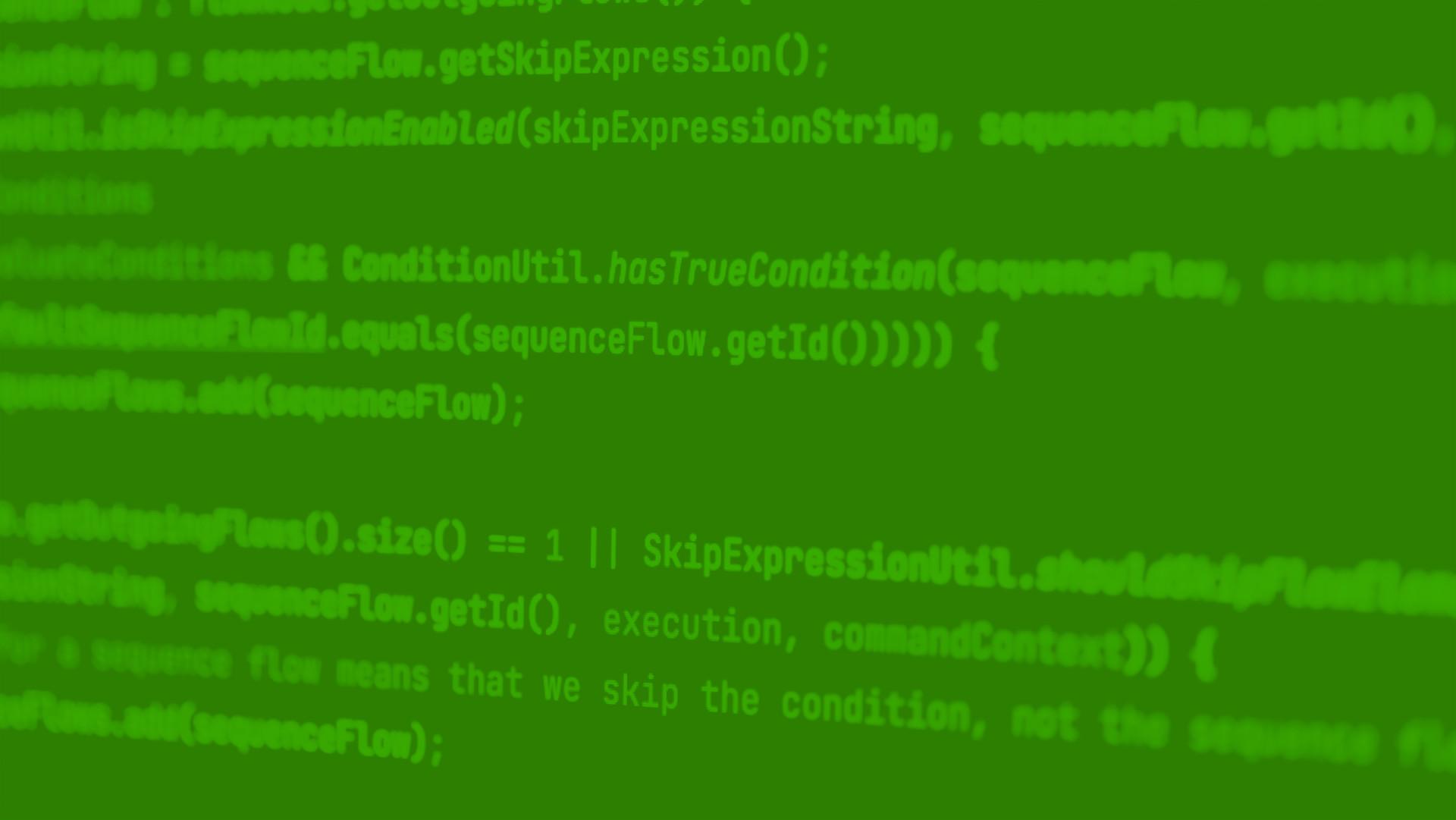Releases
Flowable Open Source 7.0.0 Release
Flowable 7.0.0 release
Today, we are happy to share that we have released Flowable 7.0.0 (https://github.com/flowable/flowable-engine/releases). As a Flowable community user this means, you can start working with Spring Boot 3, Jakarta EE 9 and 10 and requires Java 17 as a baseline. This minimum requirement is the primary motivation to increase the major version of Flowable from 6 to 7. From the perspective of Flowable’s API and Engines point of view, it’s rather a seamless continuation from version 6.
Let’s pause for a moment and think back to the previous major version update we did for the Flowable Open Source project. During that transition, there was a package renaming from version 5 to 6 with org.flowable. Flowable 6 also included numerous engine improvements, like moving the execution model to be token-based, adding a new CMMN engine, restructuring database tables like the job table in job-per-type tables, etc. Therefore, it’s justified to say that the upgrade from version 5 to 6 was quite significant.
Now let’s go back to the launch of the current version 7 and compare that with the introduction of version 6. In contrast, version 7 doesn’t include any major changes on a package, engine, or database level, it keeps running on the same execution model for BPMN, and the same plan item instance model for CMMN. As previously mentioned, the reason to choose a major version upgrade is that there’s a new Java 17 baseline and it supports Spring Boot 3 over version 2.
However, some changes were implemented during the version 7 upgrade, taking advantage of this opportunity to assess the current state of all Flowable modules and make any required adjustments or refinements.
The initial change involves the removal of async history support. In version 6, users could either store the historic data as part of the same transaction as the runtime data (which is the only option now in version 7), or only store the runtime data and then the historic data in an async job to be processed at the earliest convenience of the async executor. The latter approach had a big disadvantage, particularly in scenarios of high concurrency, where the historic data was stored in the same order as the runtime data. Therefore Flowable 7 will store runtime and historic data (if the history level is set to a higher level than none) in the same transaction.
Another change implemented in version 7, involves the exclusion of the Flowable UI applications. While the task and admin applications were always referred to as example applications, the Flowable Modeler is an important tool to model cases, processes, and other model types. As you know the Flowable UI applications use a non-supported version of AngularJS and Oryx and were outdated for a longer time. Therefore, Flowable decided to build a new design tool with a completely new user experience to design CMMN and BPMN applications. A new version is implemented using React and ReactFlow (https://reactflow.dev/), and has been made available for free on https://trial.flowable.com/design. You can easily register for an account via https://www.flowable.com/account/open-source. Note that there's no limit on the number of CMMN, BPMN and DMN models that you can export, but after the 30-day trial there is a limit on all other model types like Data object models and Service registry models. In addition to the Flowable Design application for modeling, you can also activate a 30-day trial for Flowable Work to try out more capabilities like the Flowable Work UI, Flowable Forms, content repository, document generation and a lot more.
The final set of changes involve a complete focus on the CMMN, BPMN, and DMN engines, and removing the Form and Content engines from version 7. Notably, in version 6, the Form and Content engines had minimal functionality. This decision underscores Flowable's dedication as the Open Source project for driving innovation and excellence when it comes to the important OMG standards CMMN, BPMN, and DMN.
We are excited about the future ahead with Flowable 7 and welcome every community member to try out the new version and give us feedback. Flowable remains fully committed on Open Source and will continue to do so in the future. Additionally, we welcome everyone to try the new Flowable Design cloud edition.
The Flowable team
From modelling complete applications with generative AI prompts, to integrating AI service calls directly within case or process models, Flowable 3.17 is also packed with improved UX features and WhatsApp Cloud API connectivity.
Brand-new AI capabilities are here with the Flowable AI Studio! This update introduces a suite of powerful AI-assisted capabilities designed to elevate content management, streamline workflows, and enhance overall business operations.
From a brand-new dashboard to improved cross-departmental collaboration with plug-ins and enhanced migration capabilities: Flowable release 3.16 brings a new set of features designed to enhance user experience and collaboration.
